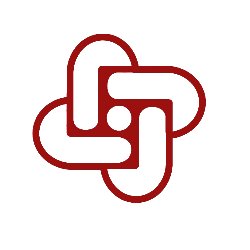
Hurricane Irma and Hurricane Jose following close behind are causing a swatch of destruction across the Carribean and about to go up the US East Coast, gives me pause about how businesses handle disasters.
There is a limit to what a company can do to limit the impact on their offices and other facilities.
Unless an office is built like Fort Knox, these huge storms will knock those buildings out of commission for some time. Few companies can survive the massive destruction of their facilities.
I am eliminating, from this discussion, those companies that require physical facilities (e.g., manufacturing). Although some of their employees could work remotely.
For those companies that rely on knowledge workers (tech, customer service, management offices), additional planning needs to take place.
Every company needs to have a disaster plan to keep the employees working regardless how well they can make it into the office.
This plan can be simple or extremely complex but the question needs to be answered: What will you do when disaster strikes?
This blog post is not designed to be a tutorial on how to create a disaster plan but I do want to talk about how to keep the knowledge workers functioning.
Keeping Employees Connected
Communication is the key component of any business now. Keeping all your employees connected is a primary task.
There are a number of cloud services that can be used (setup ahead of time, of course) to store company documents and applications.
Then, when the crisis hits, employees can access information from any Internet connection.
Think of your customers that you can take care of even though some or all of your employees are scattered in other locations to avoid the storm.
Even if you have a manufacturing business, it is still important to keep in touch with customers and let them know the status of their orders.
Prior to any crisis, the following elements for remote access must be in place as a minimum:
- Laptop computer for each employee
- Laptop computer brought home from the office each day (or kept at their home)
- VPN system for secure access (for example, see this system from Cisco)
- Check-in software for employees
- Master lists that to keep track of all employees contact info
- Login credentials for employees accessing systems remotely
- Tech support time to provide help for access issues
It is important to test this system by having the employees to access your systems periodically.
Then, when disaster strikes, employees are not left high and dry (so to speak!).
Good planning now can pay off and maybe make the difference between keeping your business running or going under.
Put in a remote access system now and you will have a solid system in time for almost every type of business interruption.
